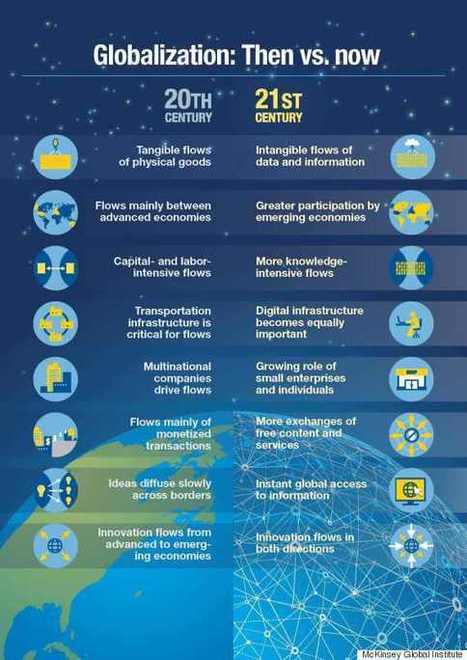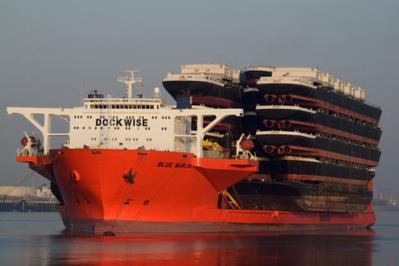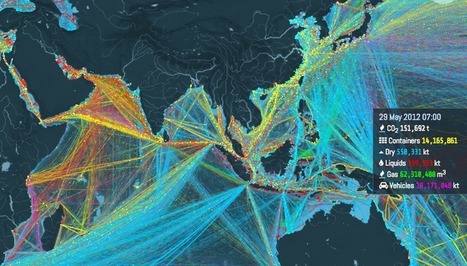"There are around 6,000 cargo vessels out on the ocean right now, carrying 20,000,000 shipping containers, which are delivering most of the products you see around you. And among all the containers are a special subset of temperature-controlled units known in the global cargo industry, in all seriousness, as reefers.
70% of what we eat passes through the global cold chain, a series of artificially-cooled spaces, which is where the reefer comes into play."
Via Michael Miller



 Your new post is loading...
Your new post is loading...




























An interesting addition to any study of global trade connections
I have written in the past about how containerization has remade the world we live in, but not much about the role of the refrigerated container (reefer). So many economic geographies and agricultural geographies in the our consumer-based society hinge of this technological innovation. This is yet another podcast from 99 Percent Invisible that is rich in geographic content.
Tags: transportation, food distribution, technology, globalization, diffusion, industry, economic, podcast.